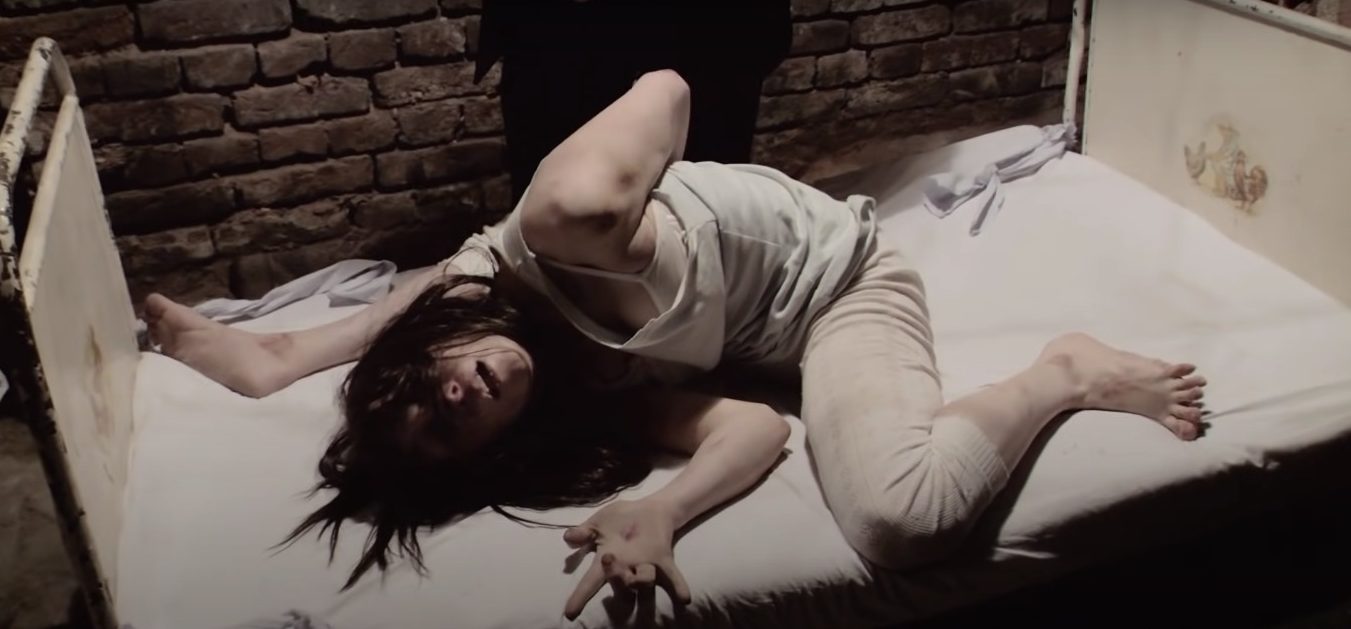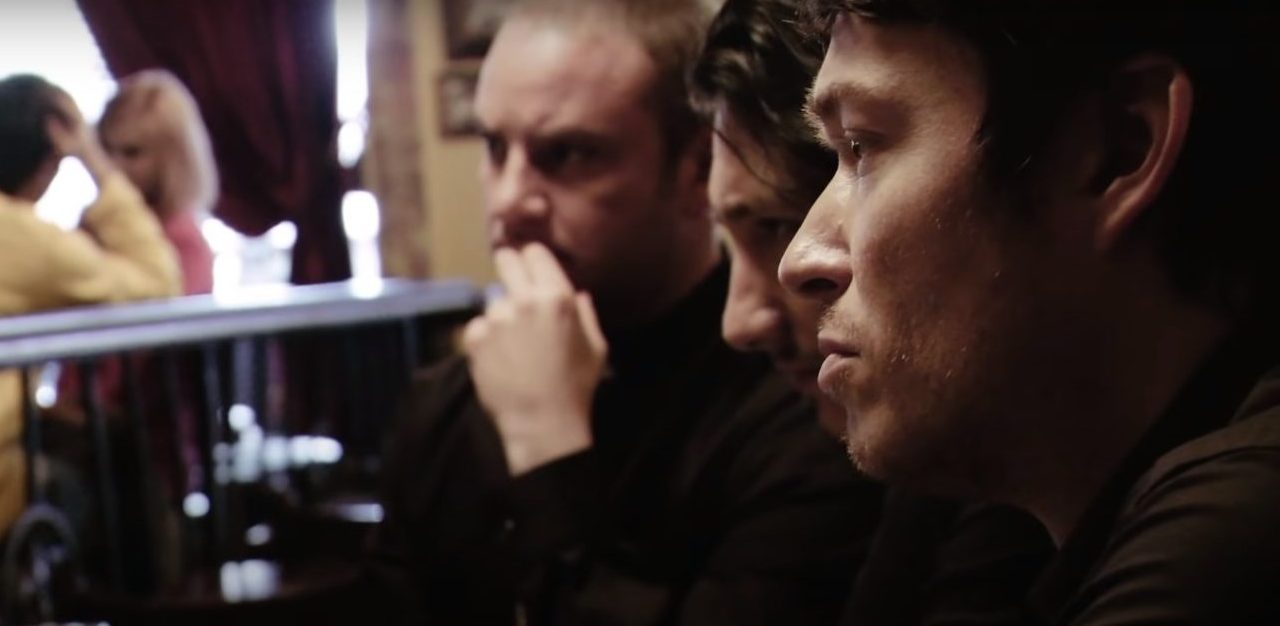‘The Devil Inside’ is a 2012 found footage horror film that follows Isabella Rossi as she tries to unravel a triple murder committed by her mother, Maria Rossi, 20 years ago. The killings allegedly occur during Maria’s exorcism, and two priests and a nun are murdered. Isabella’s investigation into the matter also proves disastrous, and the film has a decidedly abrupt and ominous ending, even by the eclectic standards of the found-footage genre.
Directed by William Brent Bell, the supernatural film also makes an interesting claim in its closing scenes, saying that an investigation into its central characters is ongoing and can be followed online. So, just how much of ‘The Devil Inside’ is true? Let’s find out!
Is The Devil Inside Based on a True Story?
No, ‘The Devil Inside’ is not based on a true story. Despite the film’s overall aesthetic of being based in reality, the story is fictional and has been penned by William Brent Bell (who also directed the film) and Matthew Peterman. The website that the film mentions at the end is also part of the narrative and does not follow a real investigation.

According to lead actress Fernanda Andrade who essays Isabella Rossi, the film is inspired by several real accounts of possessions. Hence, possible details of what happens in actual exorcisms have been included in the film. However, the central plot, characters, and possessions outlined in ‘The Devil Inside’ are a work of fiction. The idea for the film was also inspired by an article that the writers read sometime in the mid-2000s, which stated that the Vatican was offering exorcism classes in Rome. They actually spoke to the professors and doctors involved and used the insight gained from them in the making of the film.
Like most found-footage horror films, there is a sharp focus on making the narrative seem realistic. The director also attributed the film’s abrupt ending, which caused quite an uproar amongst audiences, as an attempt at realism. According to Bell, leaving things open-ended felt more authentic than neatly tying up the narrative. In fact, the filmmakers allegedly expected the backlash for their “non-Hollywood, non-traditional” style of filmmaking but went along with it for the sake of authenticity.
The film’s final touch of closing with the mention of a website that claims to have updated information on the Rossi investigation is another gimmick employed to make ‘The Devil Inside’ feel like a true story. It was also possibly put up to pacify viewers who were not satisfied with the film’s inconclusive ending and wanted to know more about its (fictional) case. However, the website was subsequently taken down sometime after the film’s release, reportedly in 2013.
The film takes inspiration from various sources and builds a fictional narrative on it. The found-footage aesthetic, combined with the film’s repeated claims of authenticity, capped off with the abrupt “non-Hollywood” ending and an actual website about the Rossi case, are all elements that give it a feeling of authenticity. However, unlike horror films like ‘The Conjuring,’ which are actually based on true stories, ‘The Devil Inside’ is driven by a fictional narrative that attempts to use realistic aspects to maximize its hair-raising potential.
Read More: The Devil Inside Ending, Explained


You must be logged in to post a comment.